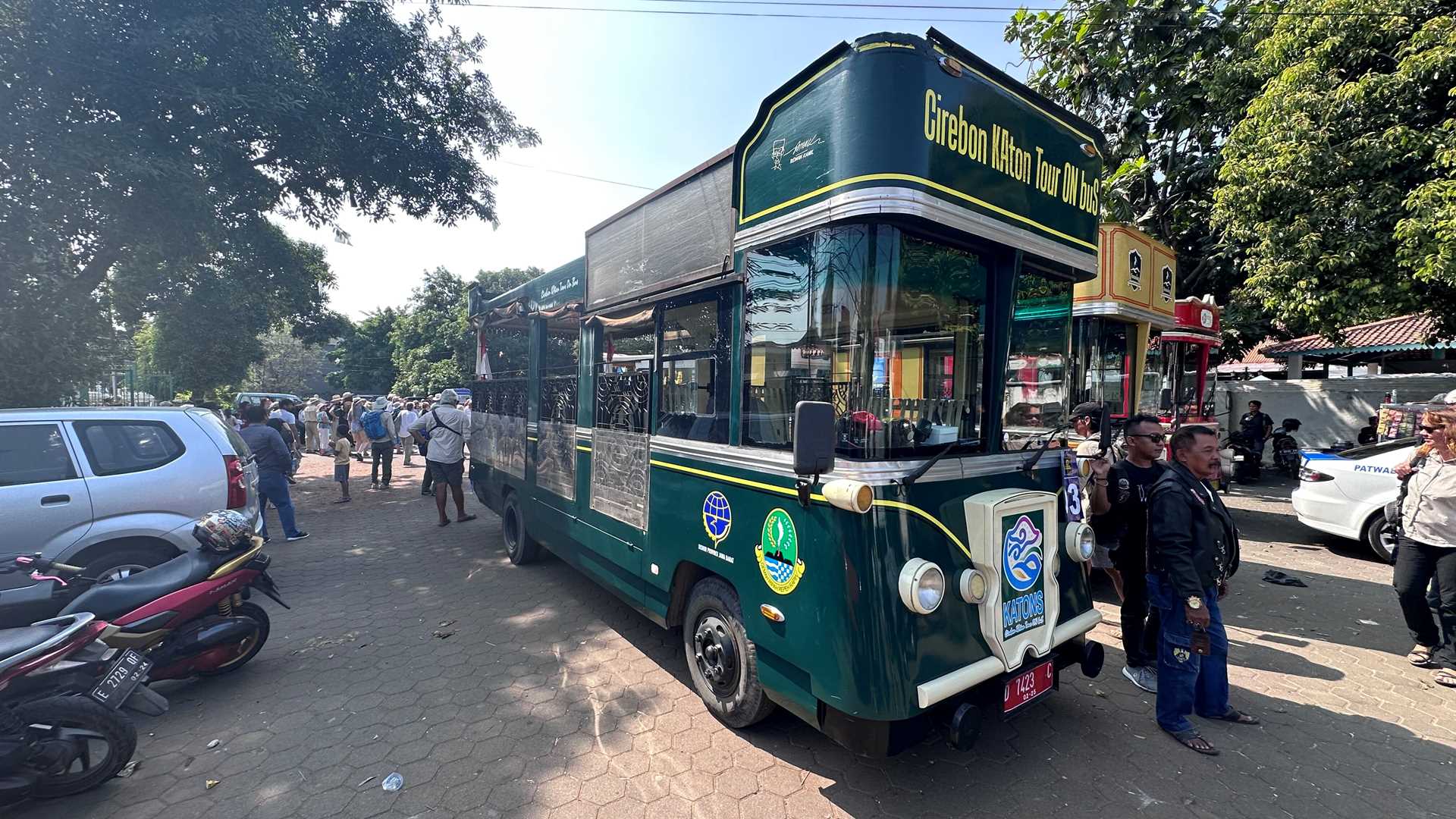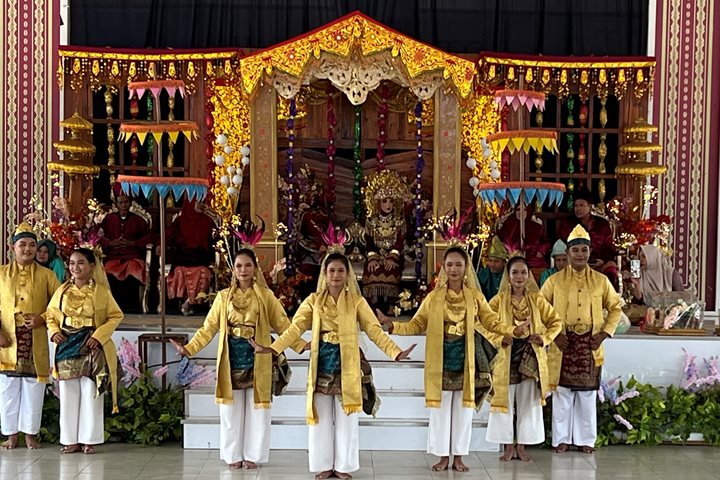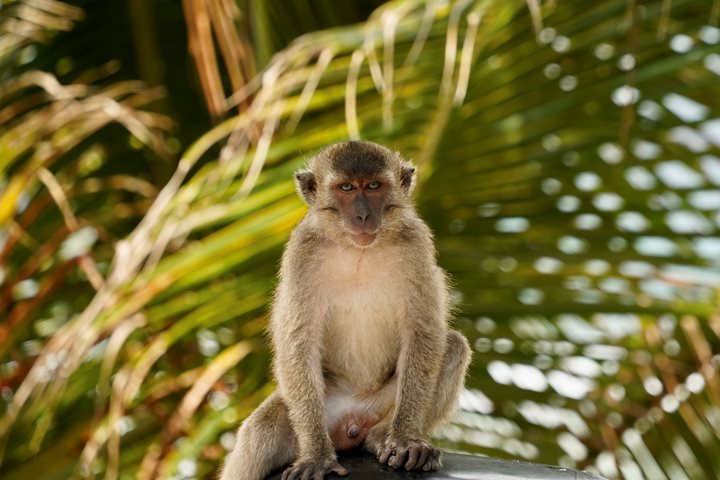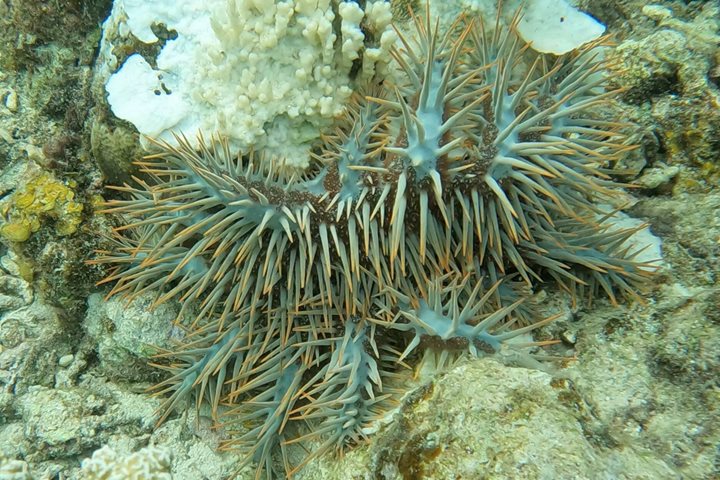Today on National Geographic Orion, we had an awesome morning adventure in the city of Cirebon. We were welcomed at the harbour and taken to an area where we met the sultan and enjoyed local performances and food.
The afternoon was spent on board. We enjoyed visiting the galley to see how the incredible food is prepared. This was followed by a presentation from our wonderful naturalist Phil.







